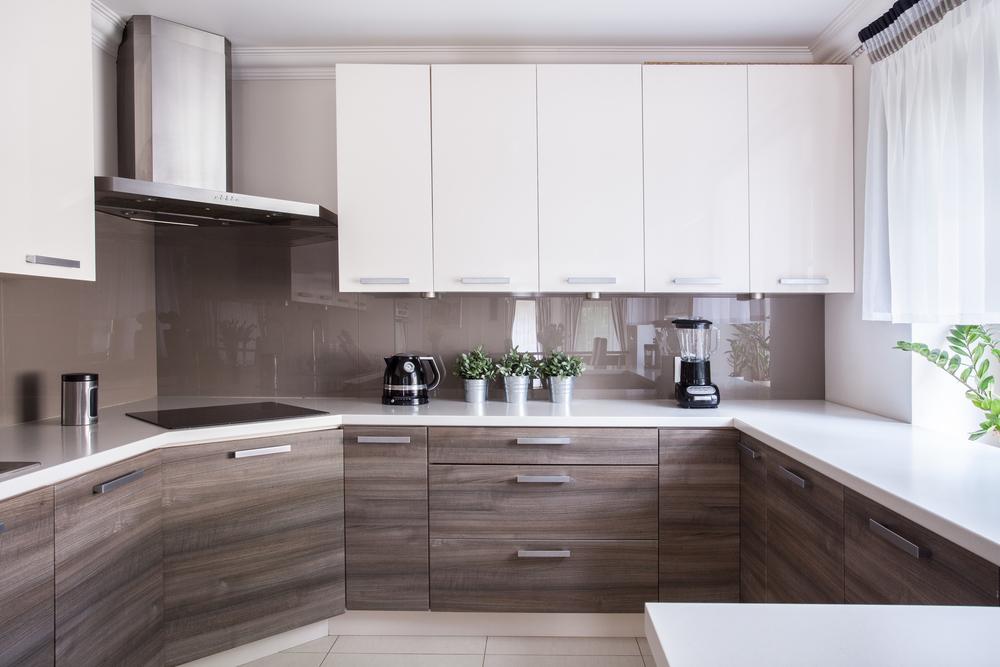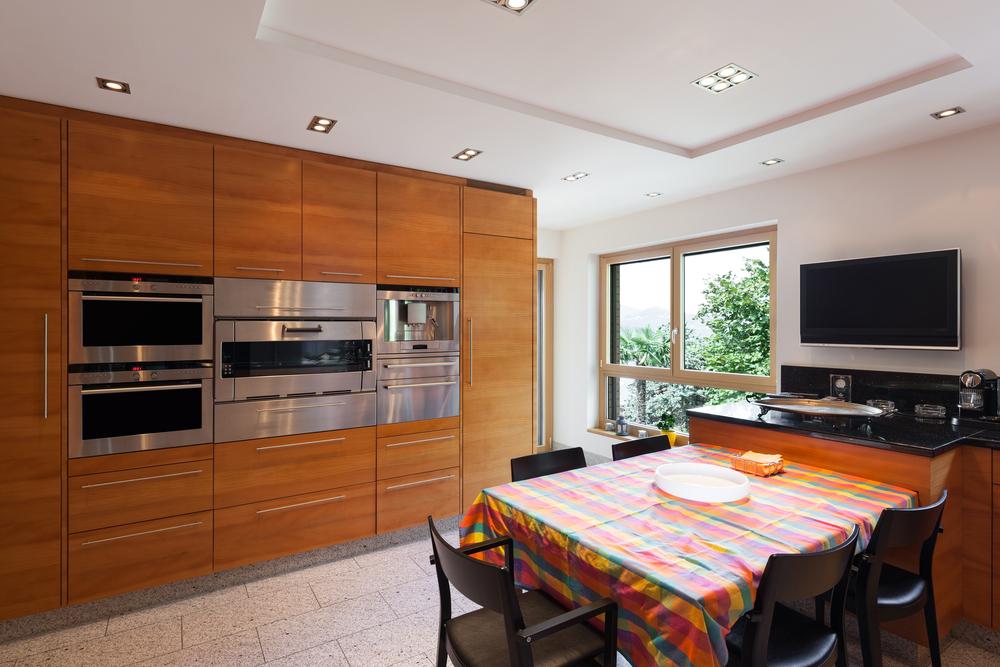Top Tips for Selecting the Ideal Kitchen Faucet
Discover expert advice on selecting the perfect kitchen faucet. From understanding mounting configurations to choosing the right spout style and ensuring easy installation, this guide helps you make informed decisions for a stylish and functional kitchen upgrade. Covers key factors like size, clearance, and maintenance for long-term satisfaction.

Updating your kitchen hardware is a crucial step in renovation projects. Today's market provides a wide array of faucet options that combine style with longevity, often accompanied by lifetime warranties against defects and finish issues. Faucets mainly come in two types: single-handle and dual-handle designs, along with many specialized variants. Here are key guidelines to help you choose the perfect kitchen faucet based on your needs.
Check the number of mounting holes
Most sinks come with pre-drilled holes meant for faucets and accessories like soap dispensers or side sprays. Make sure your selected faucet matches your sink's configuration. Use a base plate if necessary to cover extra holes, and avoid buying a faucet requiring more holes than your sink has.
Consider spout style and shape
The design and shape of the spout should complement your sink. For example, straight spouts may need repositioning to accommodate larger pots, while gooseneck spouts can cause splashing in shallow sinks. The faucet head should be flexible enough to reach all areas of the sink.
Choose appropriately sized faucets
The faucet's size should be proportionate to your sink for optimal use and aesthetics.
Evaluate installation and upkeep
Installing faucets during sink setup is common, as they can be mounted on the basin before the countertop is installed. Single-handle models are simpler to install, whereas two-handle units might involve handles attached to a baseplate or mounted separately. Sprayers are often installed separately as well.
Consider clearance and hose length
When selecting a single-handle faucet, ensure there’s enough space from the backsplash or windowsill to prevent handle interference. Pull-out sprayers should have hoses with sufficient length to cover all sink areas.
Note: Our blog offers comprehensive information across various categories. While we aim to provide valuable insights, it shouldn’t be considered definitive. We are not liable for data discrepancies or errors from external sources. Promotional offers and specific schemes may not be included here but could be more advantageous for your needs.


